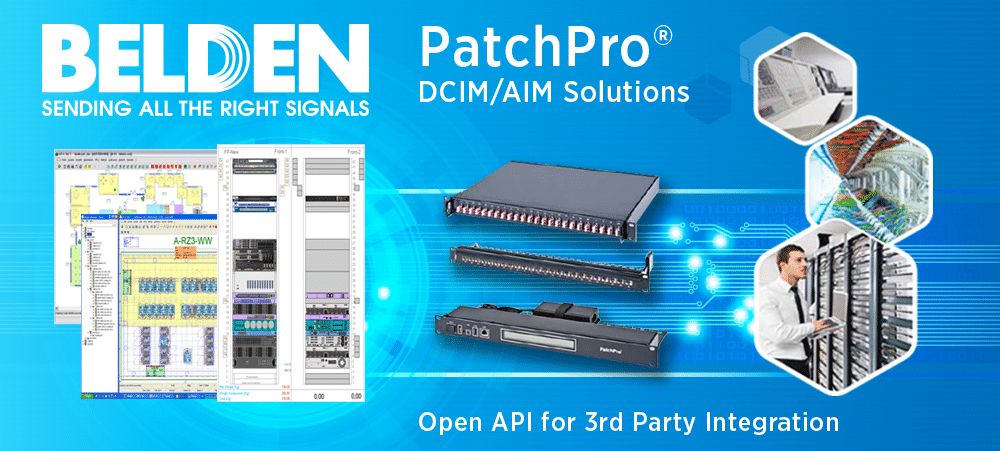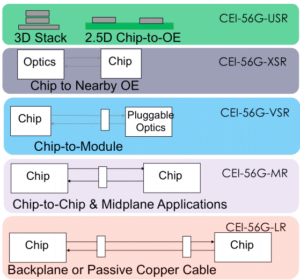Expectation for Fiber Connectivity: Layer 0
The footprints of cloud data centers continue to increase substantially to accommodate massive amounts of servers and switches. To support sustainable business growth, many Web 2.0 companies, such as Google, Facebook and Microsoft, have decided to deploy 100G Ethernet using single mode optics-based infrastructure in their new data centers.
According to LightCounting and Dell’Oro, 100G transceiver module and switch port shipments this year will outpace last year’s shipments, with 10 times as many being shipped in 2017 vs. 2016. Shipment for 200G/400G switch ports will begin in 2018.
Data Center Architecture and Interconnects
Most intra-rack fiber connectivity has been implemented with DAC (direct-attach cables). As we discussed in our fiber infrastructure deployment blog series, system interconnects with a reach longer than 5 m must use more fiber connectivity to achieve the desired bandwidth.
100G, 200G, and 400G transceivers for data center applications have already been showcased by various vendors; massive deployment is expected to start in 2018. Based on reach requirements, different multimode and signal optical transceivers are being developed with optimized balance between performance and cost. Examples include:
- In-room or in-row interconnects with multimode optics or active optical cables (AOCs), with a reach of up to 100 m. (New multimode transceivers, such as 100G-eSR4, paired with OM4/OM5 multimode fiber, can support a maximum reach of up to 300 m for 100G connectivity, which is suitable for most intra-rack interconnects.)
- On-campus interconnects (inside the data center facility), with transceiver types such as PSM4 (parallel singlemode four-channel fiber) or CWDM4/CLR4 (coarse wavelength division multiplexing over duplex singlemode fiber pair) for 500 m reach.
- On-campus interconnects (between data center buildings), with transceiver types such as PSM4 and CWDM4/CLR4 for a reach of 2 km.
- Regional data center cluster interconnects, also referred as data center interconnects (DCIs), using coherent optics (CFP2-ACO and CFP2-DCO) for a reach of over 100 km, or direct modulation modules, such as QSFP28 DWDM ColorZ, for reach of up to 80 km.
Multimode Fiber Roadmap to 400G and Beyond
Multimode optics use low-cost VCSELs as the light source. When compared to singlemode transceivers, which utilize silicon photonics, VCSELs have some native performance disadvantages:
- Fewer available wavelengths for wavelength division multiplexing
- Speed is limited by the singlemode laser
- Less advanced modulation options
- High fiber counts needed to deliver required bandwidth
- Shorter reach in multimode fiber (limited by fiber loss and dispersion) compared to singlemode fiber
Read full article







